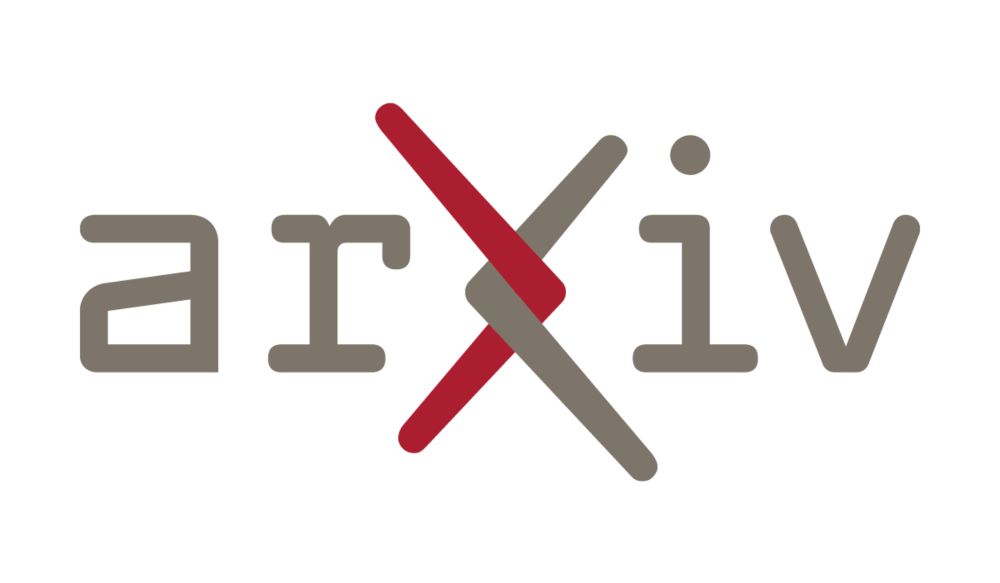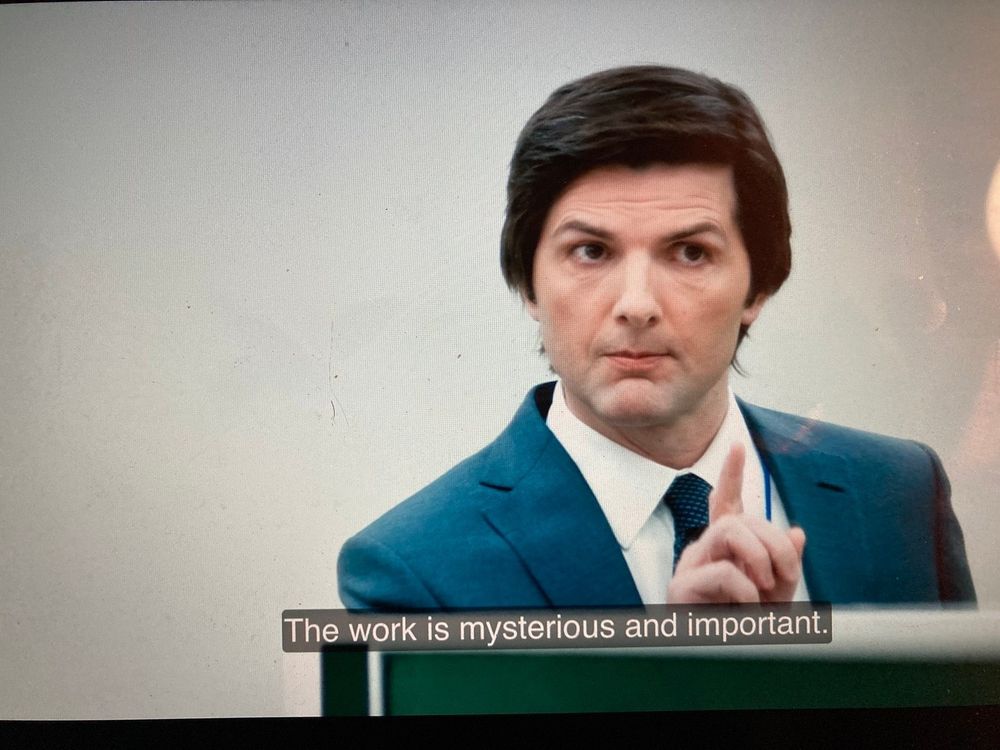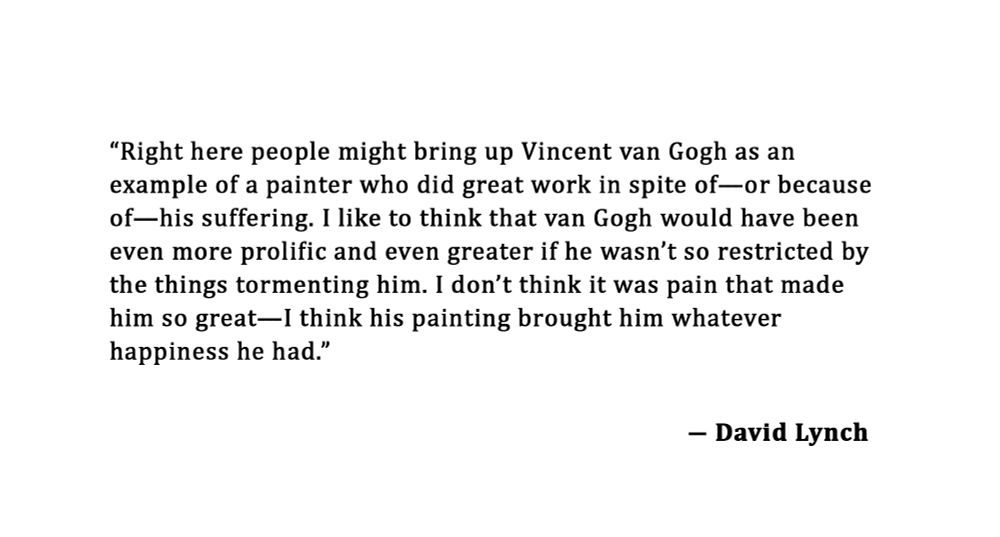






sigact.org/prizes/servi... #TCSSky
arxiv.org/abs/2408.15925

arxiv.org/abs/2408.15925
Too much leads me to the “dual” of “fully trustful” reading, bogged down in doubting every little piece of ink, and not seeing the shapes or overall picture.
Too much leads me to the “dual” of “fully trustful” reading, bogged down in doubting every little piece of ink, and not seeing the shapes or overall picture.

To honor Tracy Kimbrel and his service to the NSF's AF division, here's a short thread about a beautiful algorithm of his, joint with Rakesh Sinha (www.sciencedirect.com/science/arti...). 1/
To honor Tracy Kimbrel and his service to the NSF's AF division, here's a short thread about a beautiful algorithm of his, joint with Rakesh Sinha (www.sciencedirect.com/science/arti...). 1/

Link: drive.google.com/file/d/1Hyvg... 1/3

Link: drive.google.com/file/d/1Hyvg... 1/3





